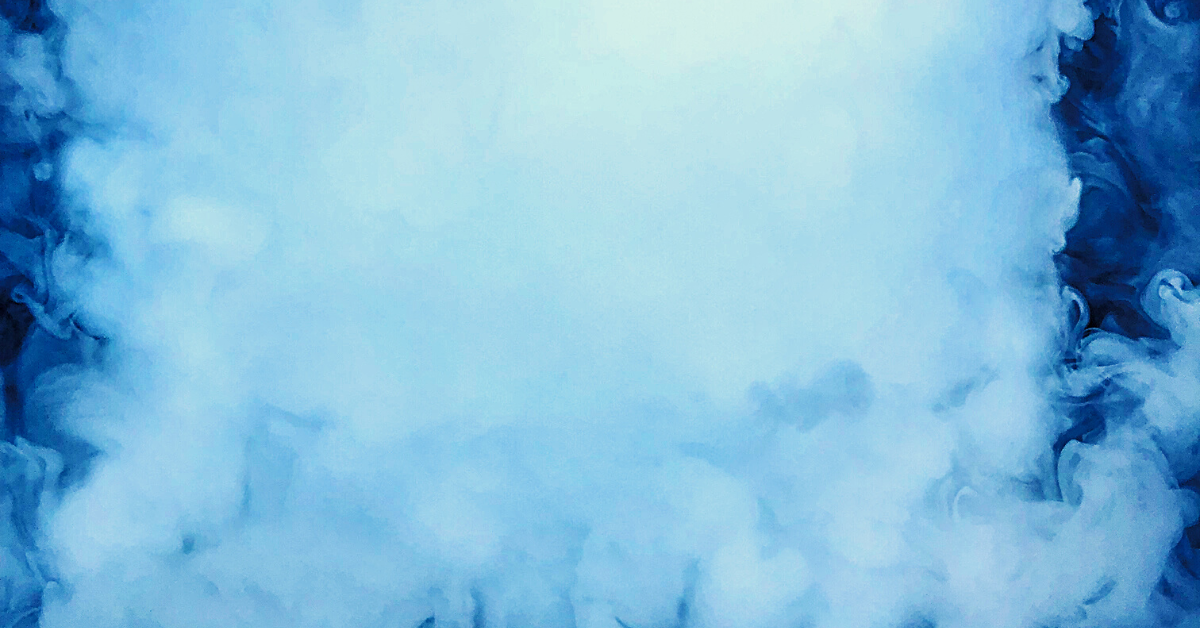
FAQs
-
Dry Ice is a solid form of carbon dioxide (CO2), frozen to – 109°F/78°C. It is referred to as dry because as it changes from solid to gas (sublimation) , it never goes through a wet stage. Carbon dioxide is what we exhale during breathing therefore it is a natural part of our atmosphere. It is also the gas used in carbonated water and sodas. It is a fast and simple way to freeze or transport frozen foods, medical and pharmaceutical products, and other materials that must be kept cold or frozen. Dry ice is non-toxic and is easy and safe to use when following safety guidelines. Please make sure to read and follow safe handling guidelines.
-
Many factors affect the sublimation rate of Dry Ice (type of insulation, size of the container, ambient temperature, etc.). This is merely a guideline.
10 lbs for 24 hours (12”-16” insulated container)
15 lbs for 36 hours (12”-16” insulated container)
*Add 5 lbs for every additional 24 hours. Please contact us for more details.
-
Dry ice sublimates at a rate of about 5-10 lbs. every 24 hours, if kept in a closed insulated container. Buy approximately 5 lbs. extra ice for every additional 24 hours.
-
Do not place in a vehicle with closed windows or with A/C set to recirculate. When traveling with dry ice in a vehicle slightly open windows for ventilation.
Always handle dry ice with insulated gloves, never with bare hands. Dry ice is extremely cold and can cause the skin to freeze, much like a cold burn.
For the use of large amounts indoors or in confined areas allow for plenty of ventilation in order to avoid breathing carbon dioxide, which can be harmful. When used in a confined area open windows and doors. Never store in a room where someone is sleeping or where there are children or pets.
Keep dry ice out of reach of children and pets.
Do not store dry ice in an airtight container. If the carbon dioxide gas released has nowhere to go it can build up, bursting or exploding the container.
Do not store dry ice in the refrigerator freezer, unless the freezer is broken. The extremely cold temperature could cause your thermostat to shut off.
Do not dispose of dry ice in a sewer, garbage disposal or garbage chute. Gas can accumulate, build up pressure and damage pipelines. Allow leftover dry ice to sublimate (return to gas form) in a well-ventilated area.
Never eat or swallow dry ice.
Overexposure to carbon dioxide can cause headache, difficulty breathing, nausea, vomiting or could lead to death. Do not use it in small spaces with poor ventilation.
-
Dry Ice is food-grade, however, it is not safe to ingest. Please ensure that the dry ice does not touch your skin and that it is handled with gloves.
-
We are your one-stop destination for Dry Ice Miami, however, we do service from Homestead to Coral Springs.

